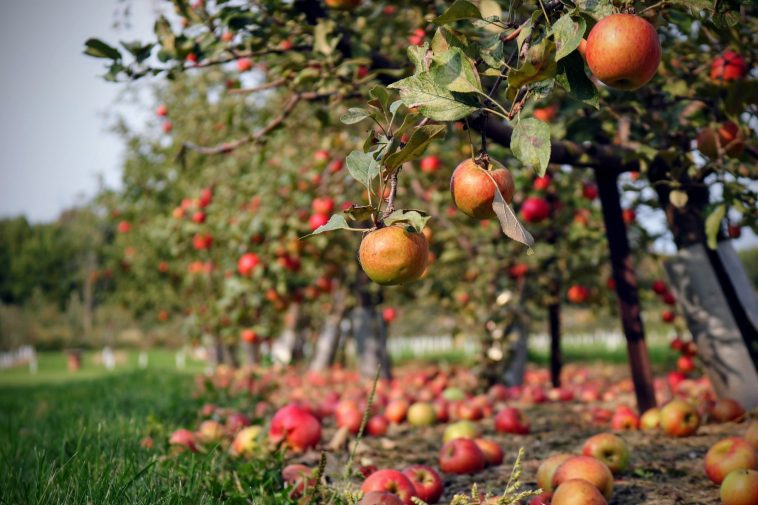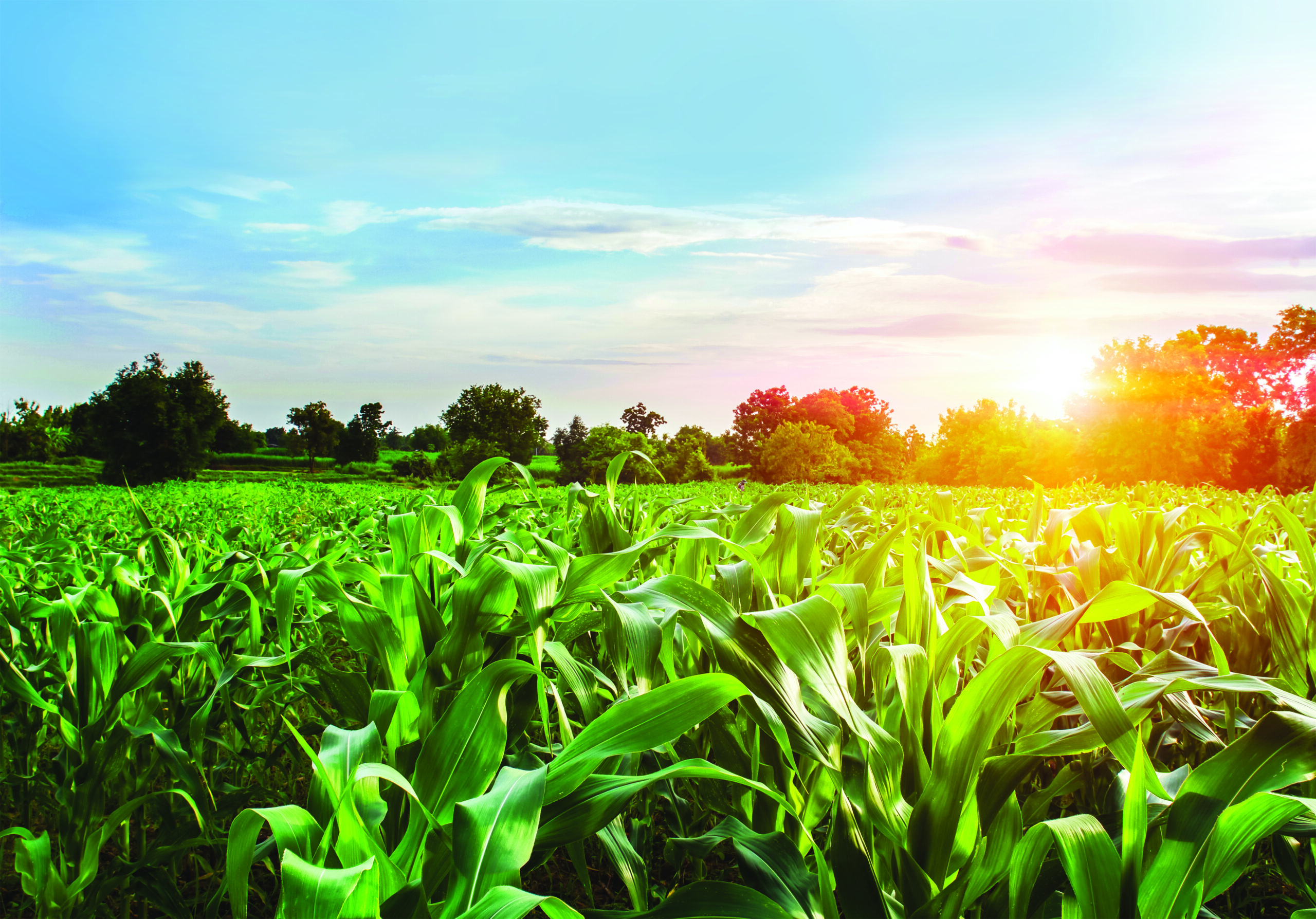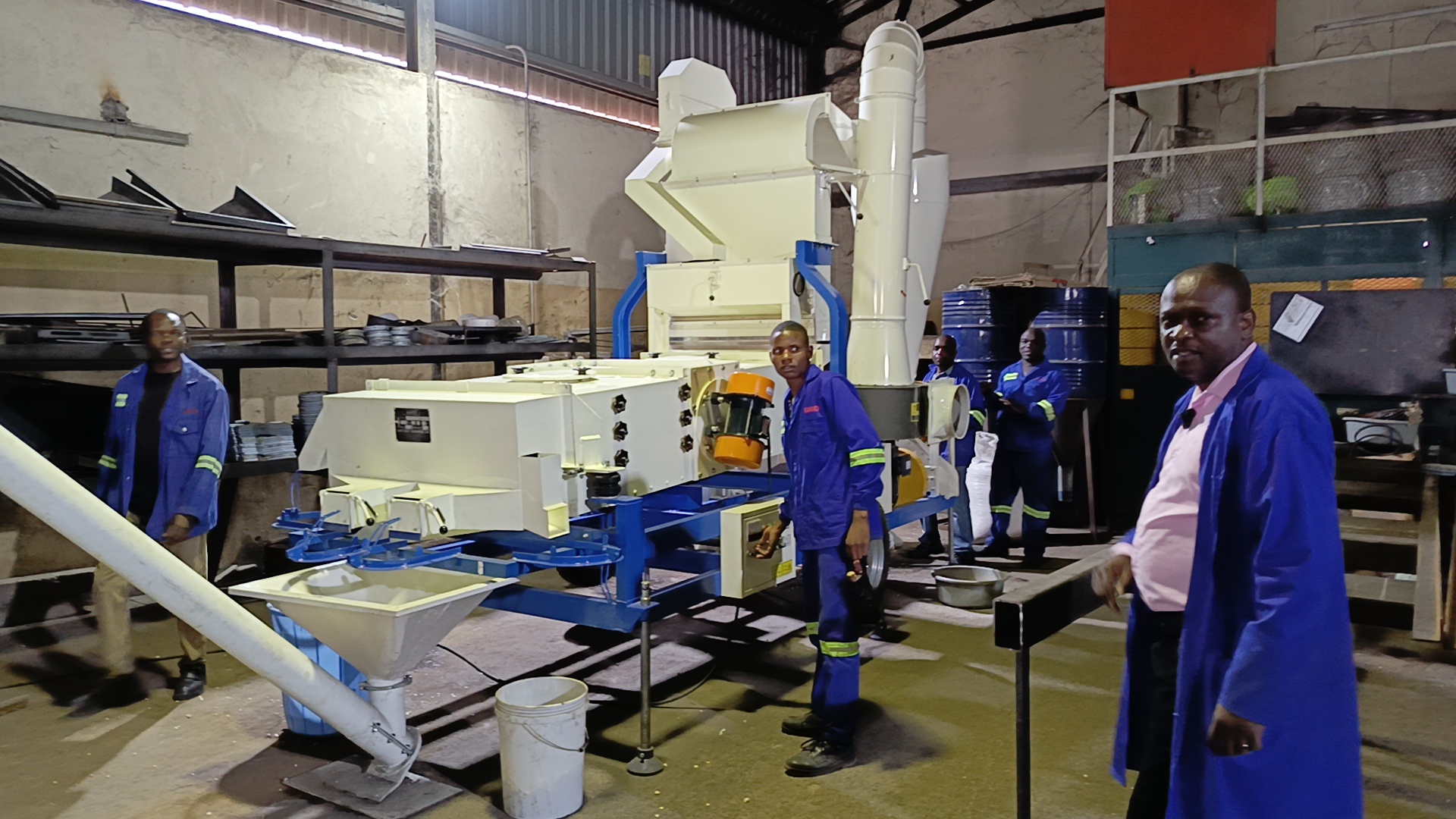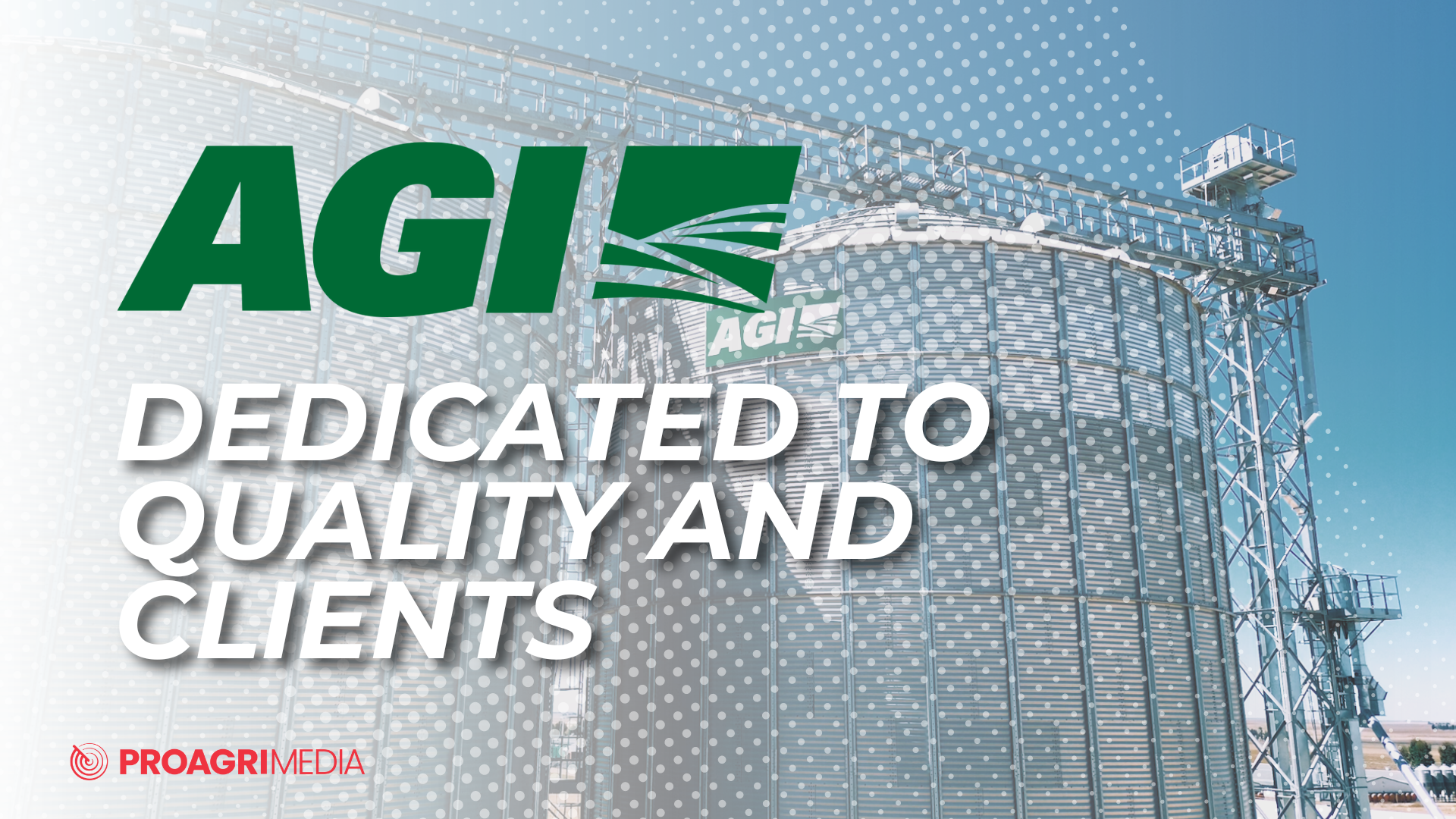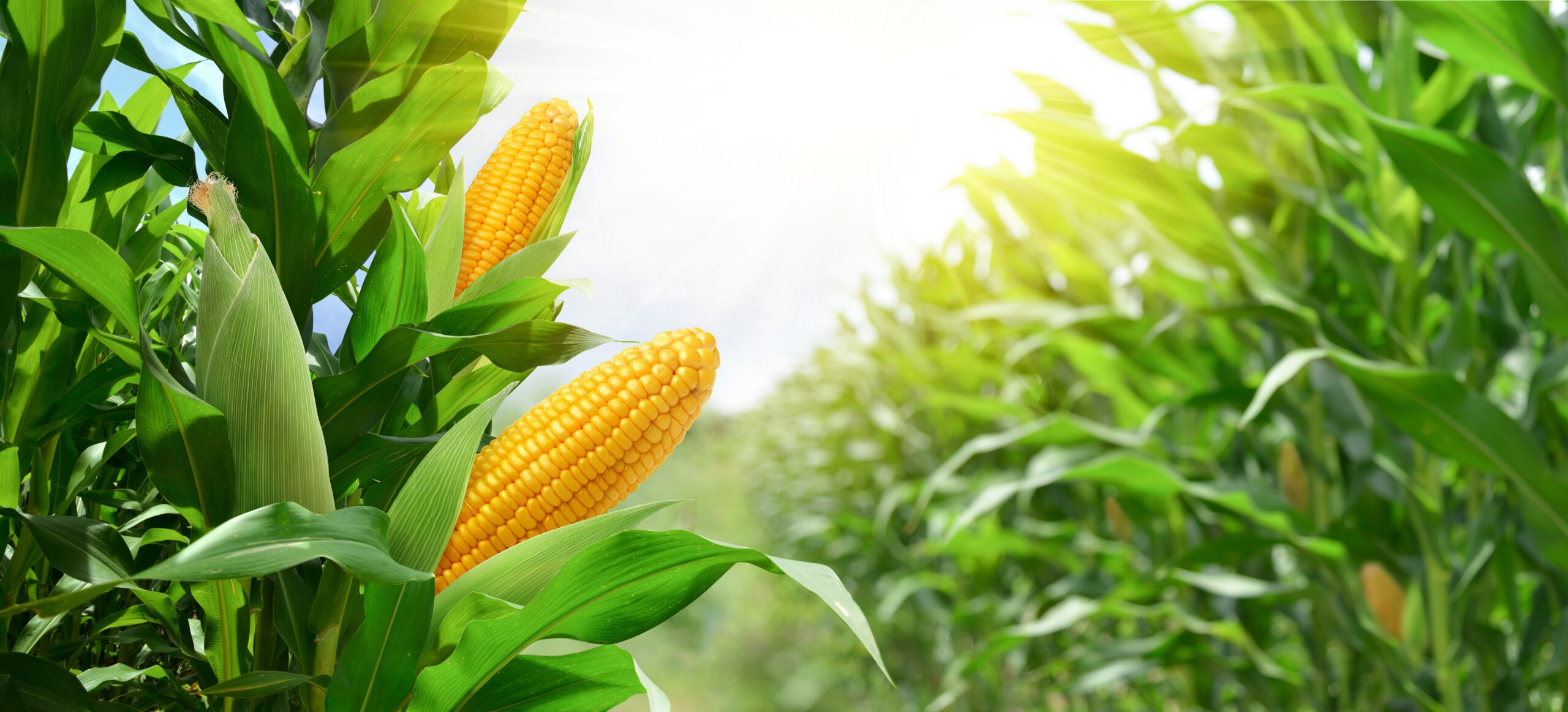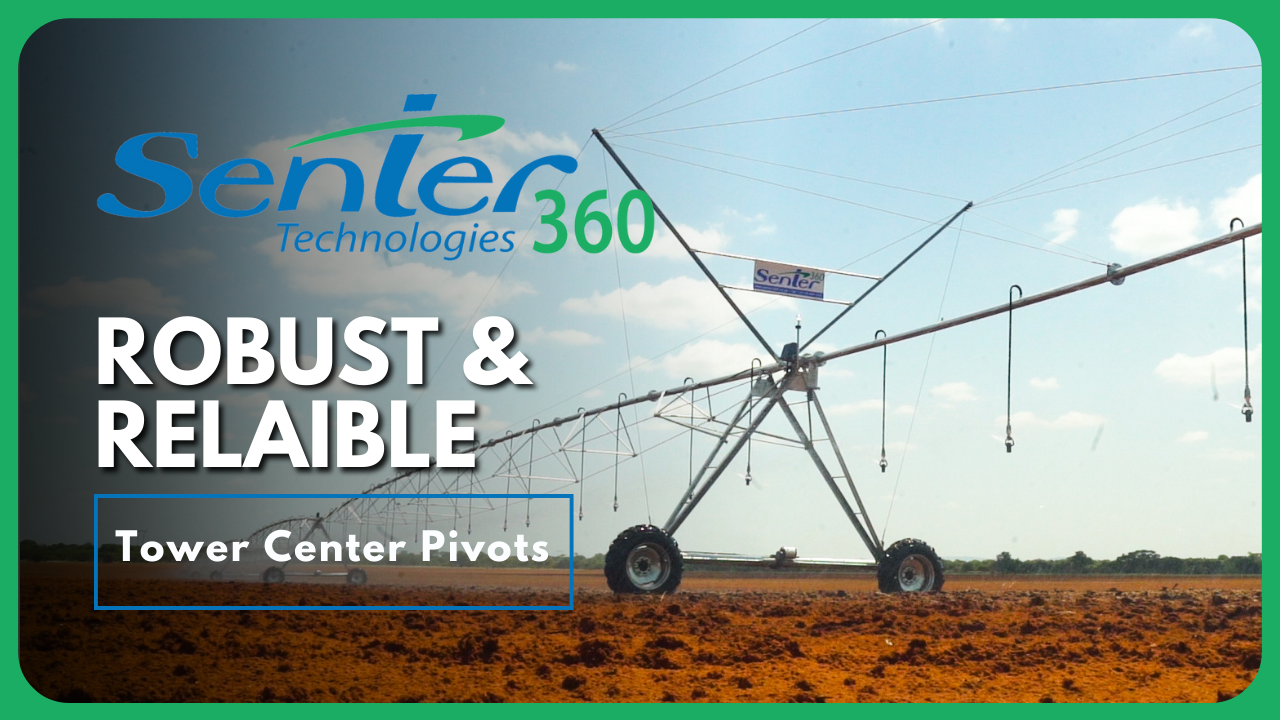Shading vegetables
Because Namibia’s climate is often warm, shade netting helps most vegetables grow. Shade netting throughout the garden is expensive, so only use it where needed. Most seedlings and some crops, like green peppers and Swiss chard, benefit greatly from shade. Other crops, like onions and garlic, thrive in the sun.
Shade netting comes in many colours and qualities. For farming, use 40% shade cloth in green, white, black, or a white-black combined wove. Before budgeting or ordering materials, make a detailed drawing. A whole roll of shade netting measures 3 m x 50 m. Plan the nursery to fit complete rolls of shade netting to avoid too much sewing or cutting of the material. Sew the net to the structure with nylon twine. Other nylon strings will deteriorate due to the UV rays of the sun.
Place the support poles 6 m apart, to fit the double width of a roll, or 3 m if you plan to trellis vine type vegetables. The poles should be 5 m apart lengthwise. Fit steel wires or cables between the poles to support the nets. Make sure to anchor the wires properly beyond the outside poles to secure the whole stucture.
Consider the “roof’s” height. The shade netting can be fixed at two metres, but an ordinary tractor cannot be driven under it.

Crops are shielded from the hot sun by shade netting. (Image source: shade-nets.com)
Other shading
Farmers can also build their own small nurseries using dry grass, reeds, or other materials. Planting leucaena (wonderboom) in rows or alleys also works. Rows should be approximately 6 m apart and facing north-south.
Harvesting, packaging, and storage
Fresh fruit and vegetables are living tissues that keep changing even after harvest. Changes can be good, like ripening bananas. But they are not always desirable. The issue is that changes cannot be stopped; they can only be slowed down. When a plant is harvested and cut off, it loses its source of nutrition and water. Because of the changes that happen after harvesting, it is hard to keep products in good condition for a long period.

The shape and structure of harvested horticultural products vary greatly. Some are stems, leaves, flowers, or fruits. After harvesting, each one has unique requirements to keep it in peak condition. There are four major biological considerations here:
Transpiration
It is the evaporation of water by any plant. Fruits and vegetables contain a lot of water and will continue to transpire after harvesting to stay cool. The plant will wilt, shrivel, and lose water (and weight) during this process.
Respiration
Respiration is the process by which all living organisms produce energy. After harvesting, plant parts naturally continue to respire, depleting stored energy reserves like starch, sugars, and fats. This lowers the product’s quality. The solution is to keep the products cool to slow down the process.

Preparing to store and ship strawberries in their storage containers. (Image source: accentcooling.com)
Diseases
After harvest, bacteria and fungi attack and destroy fruits and vegetables. Normally, higher temperatures accelerate this process. Again, keep the products cool.
Ethylene
All plants naturally produce ethylene. A hormone that promotes plant growth and ripening is used to ripen bananas, tomatoes, and oranges in controlled ripening chambers. Some vegetables are so sensitive to ethylene that they should not be stored with those that produce it more naturally.
Table 1 shows which vegetable and fruit groups can be stored together based on ethylene production.

Table 1: Classification of some horticultural products based on the amount of ethylene they produce.
Ethylene’s harmful effects will keep going down as long as sensitive products stay cool.
Quality
Regular consumers of fruits and vegetables expect certain qualities from their purchases. Quality is the sum of these traits. Here’s an example: A good or high-quality tomato has the following: the colour (usually red); the size; the lack of disease, insects, or other damage; the taste; the firmness, shape, and internal colour desired.
Consumers’ desires must be prioritised. But others involved in horticulture handling and marketing have needs as well. Shippers want products that can withstand handling. Retailers and distributors want shelf-stable products. They want products that appeal to and entice their customers to buy them.
The farmer must therefore know what consumers, shippers, wholesalers, and retailers want and try to deliver it. It is not always easy to provide quality while also producing the quantities needed.
Maturity and ripeness
Maturity
In horticulture, harvest mature products. That doesn’t mean they have to be ready to eat or use. They can be ready for harvest even though they are not ripe. Because the product has matured, it can ripen after being harvested.
A product that is harvested before it is mature will not develop all of the desired quality characteristics. Similarly, if the product is harvested too late, it will have ripened, possibly beyond the desired stage of ripeness. So it’s critical to harvest at the right time.
Ripeness
Ripeness indicates the fruit or vegetable is ready to eat. It has desirable qualities if it is also of high quality. Horticultural products that are produced for the market should be harvested when mature but not yet ready to be consumed. The reasons are:
- Harvesting and packaging usually take time. The time required to grade, transport, and sell the product causes the delay. Fruit used for home consumption can be left on the plant until ripe.
- Ripe horticultural products are softer. Handling or transporting them can cause more damage.
- Horticultural products harvested before ripe rot slower.

To ensure a longer shelf life, the ripening process of harvested fruits and vegetables should be slowed down. (Image source: unsplash.com by Farsai Chaikulngamdee and yangtzecooling.com)
Transport and handling
As previously stated, consumers demand quality. It is vital that the producer and those handling the goods maintain the highest standards. Guidelines for handling horticultural products include:
- Never drop or throw vegetables. Even a 10 or 15 cm drop can bruise a tomato, mango, or potato.
- Properly package horticultural products to avoid bruising during transport.
- In order for the products at the bottom to carry the weight of those above, they should not be stacked too high. Use containers that can be stacked without pushing down the product. The container’s sides should bear the weight of the containers on top, not the product.
- Do not overfill containers because this puts pressure on the product and prevents it from being able to carry the weight of the stack.
- Use a container designed for the product.
- Get the product to the market as soon as possible for maximum freshness.
- Remember tomatoes, melons, and fruits’ high ethylene production. Don’t mix them with leafy or root vegetables.
- Moving air around the products can cause them to lose water, weight, and appearance.
Cleaning and grading
Quality horticultural products sell at a higher price. Products for sale should be clean and graded. Dirty and damaged parts must be cleaned. Soaking and washing fruits and vegetables for short-term storage and sale is a good idea. Never wash products that will be stored for a long time. Wait to wash it after storage.
To achieve high prices and encourage repeat purchases, it is critical to establish a reputation for quality. So, all farm goods are graded. Grading is sorting and categorising. Some products will be discarded due to damage, poor shape, or size. The Agronomic Board publishes the grading criteria used by governments. It is highly recommended that producers learn their products’ grading systems so they can produce what the markets want.

Potatoes being sorted, quality checked and cleaned. (Image source: potatopro.com)
Cooling
After harvesting, cool the produce quickly to avoid rotting. If refrigerated transport is not available, the produce should be cooled as follows:
Cold water use
Immerse the products in cool or cold water for a few minutes. Vegetables like green beans, potatoes, carrots, and onions cannot be immersed in cold water.
Early harvesting
Harvesting before sunrise ensures a naturally cooled product.
Sun protection
If harvesting during the day, remove all produce from the sun immediately and place it in the shade or in a cool building.

The information in this article is credited to the Namibia Agricultural Union and Namibia National Farmers Union, who published the Crop Production Manual in 2008.

